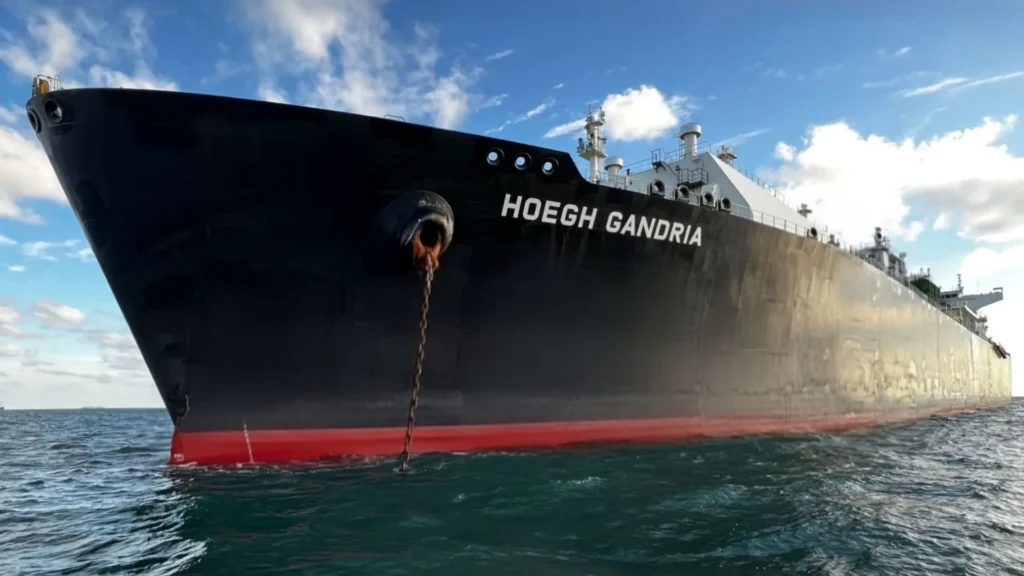
Seatrium wins FSRU conversion contract from Höegh Evi in Norway
The company has the capacity to execute these types of complex developments and meet the highest standards of safety and operational efficiency.

The company has the capacity to execute these types of complex developments and meet the highest standards of safety and operational efficiency.
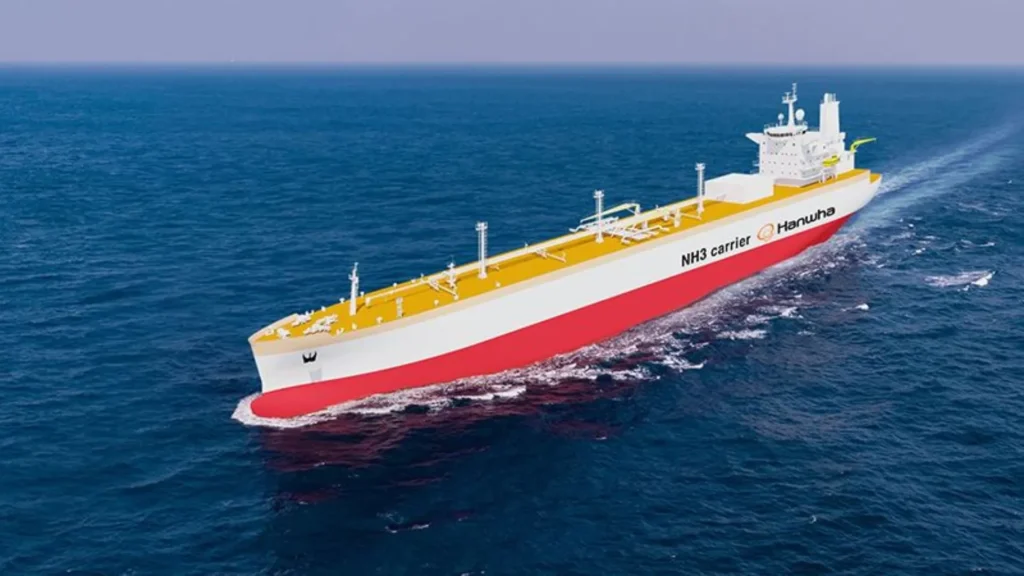
Each Korean VLAC will have the capacity to transport 88,000 m³ of ammonia, which requires specially reinforced tanks and hulls.
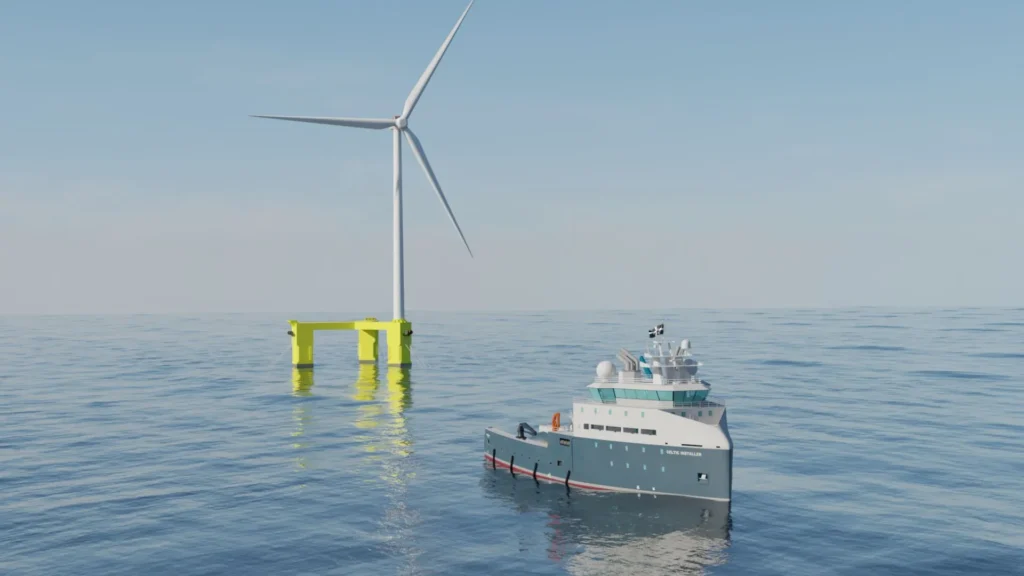
The function of this vessel is to install the mooring lines prior to the connection of the floating foundations, optimizing offshore times.
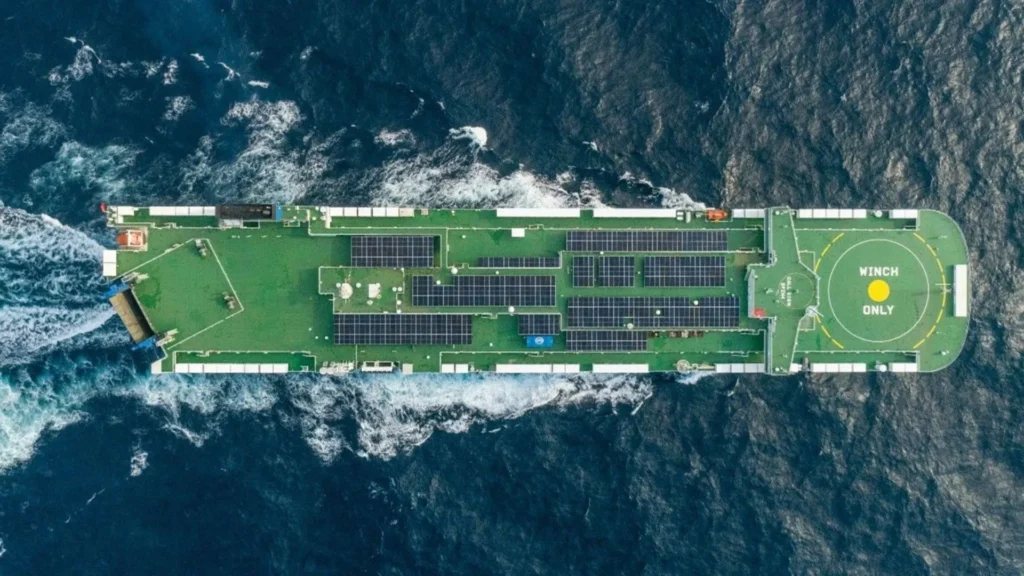
The vessel has the world's largest photovoltaic system installed on a ship, capable of generating 410,000 kWh per year.
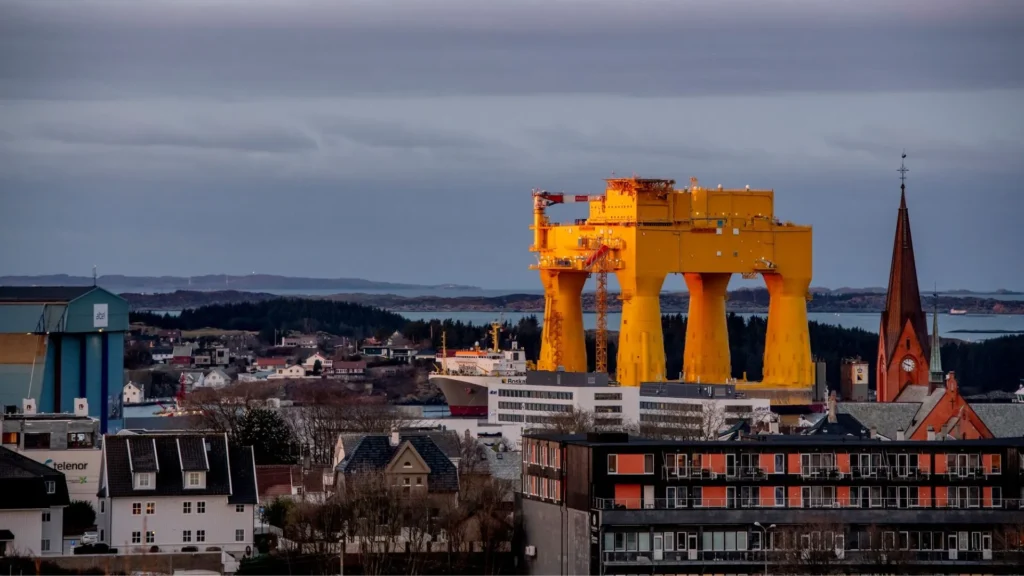
The DolWin epsilon platform will convert 900 MW of wind power to supply more than one million homes.
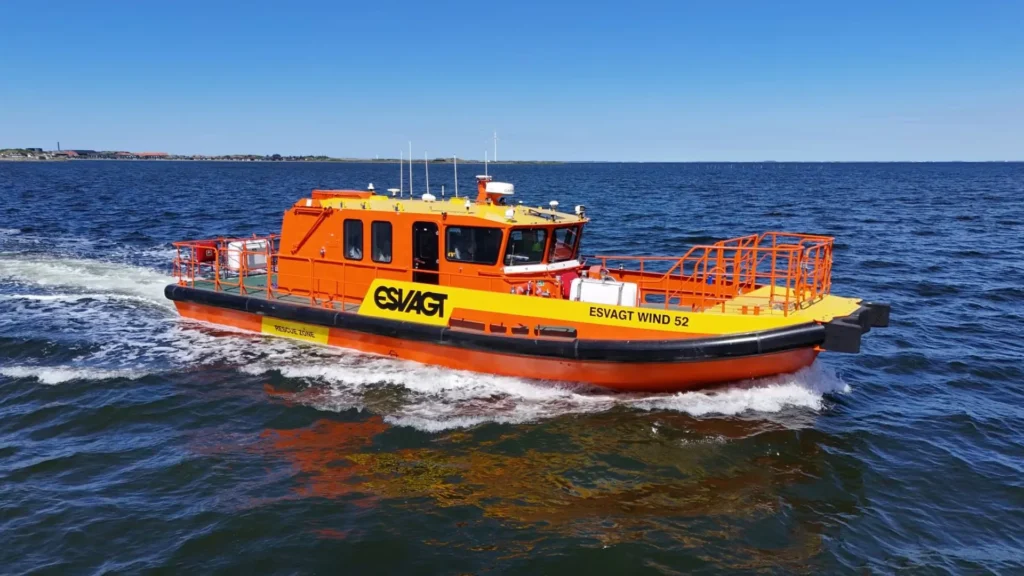
Since ESVAGT introduced safe transfer vessels, the industry has experienced a change in the way maintenance is performed at wind farms.
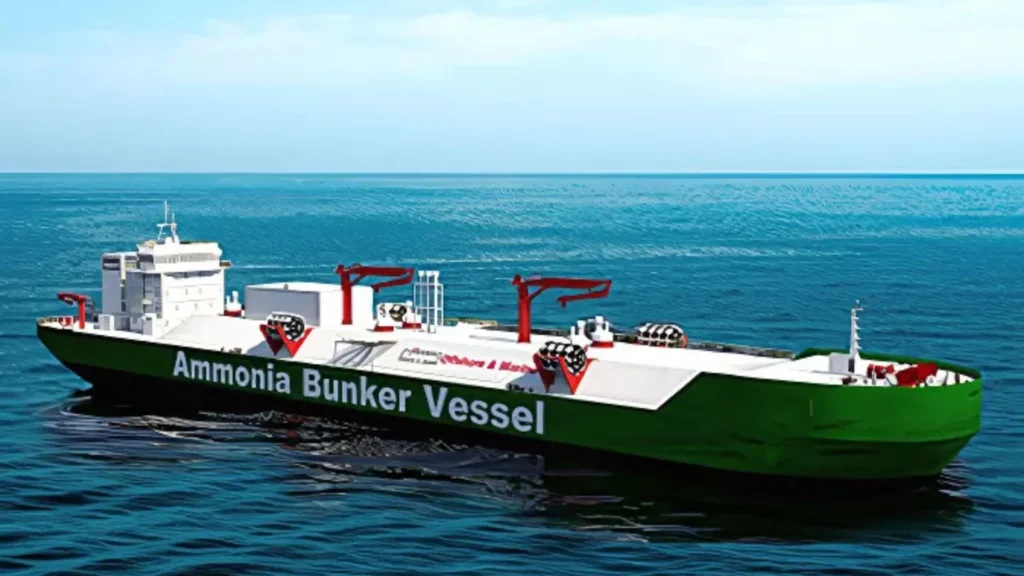
ABS grants approval in principle to the SMDT 25000VX-NH3 vessel, strengthening Seatrium as a benchmark in zero-emission fuels.
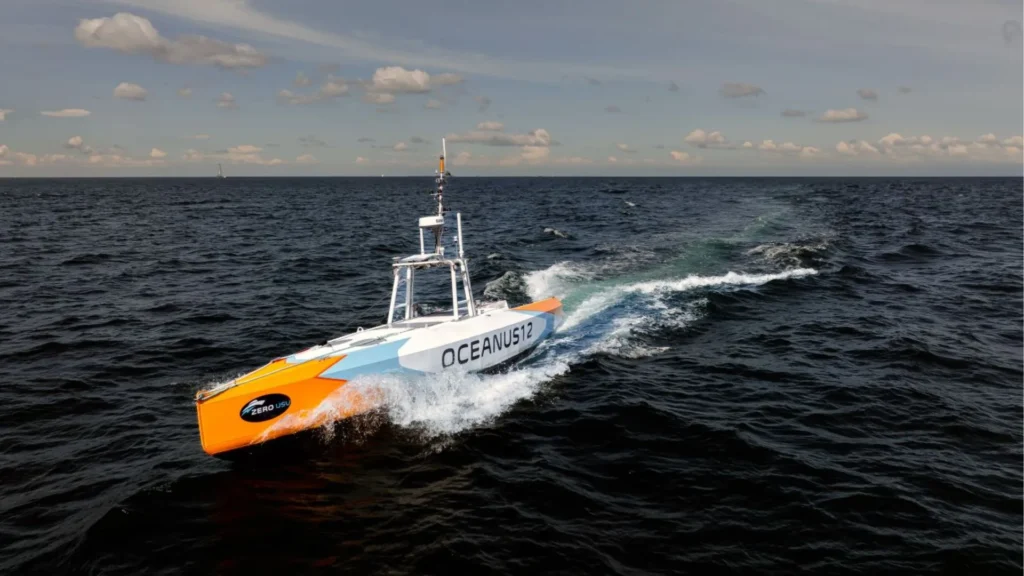
The Oceanus12 can sail more than 2500 nautical miles without human intervention, thanks to its hybrid-electric system and AI-based autonomy.
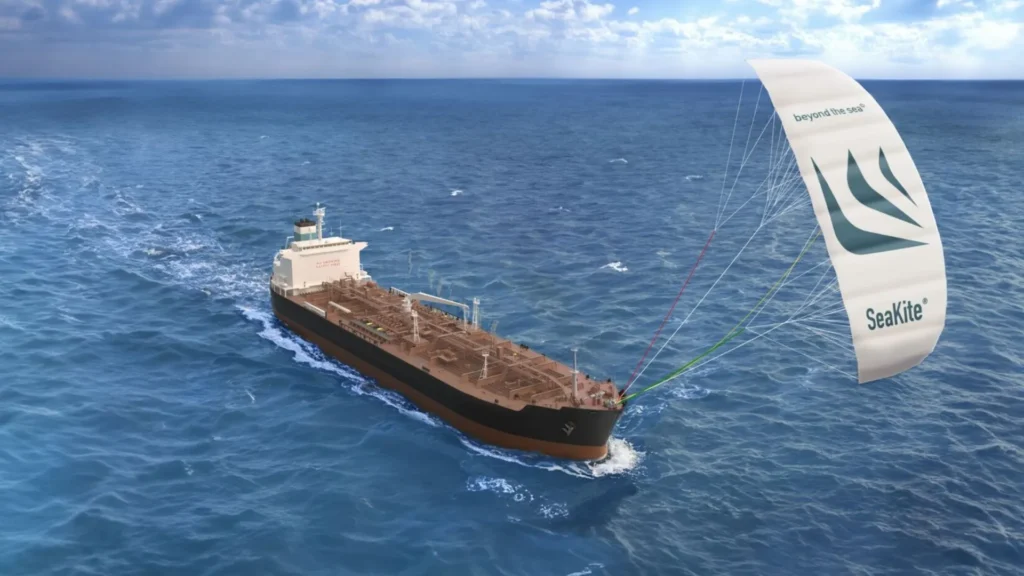
This system uses wind power with an automated kite that reduces fuel consumption.
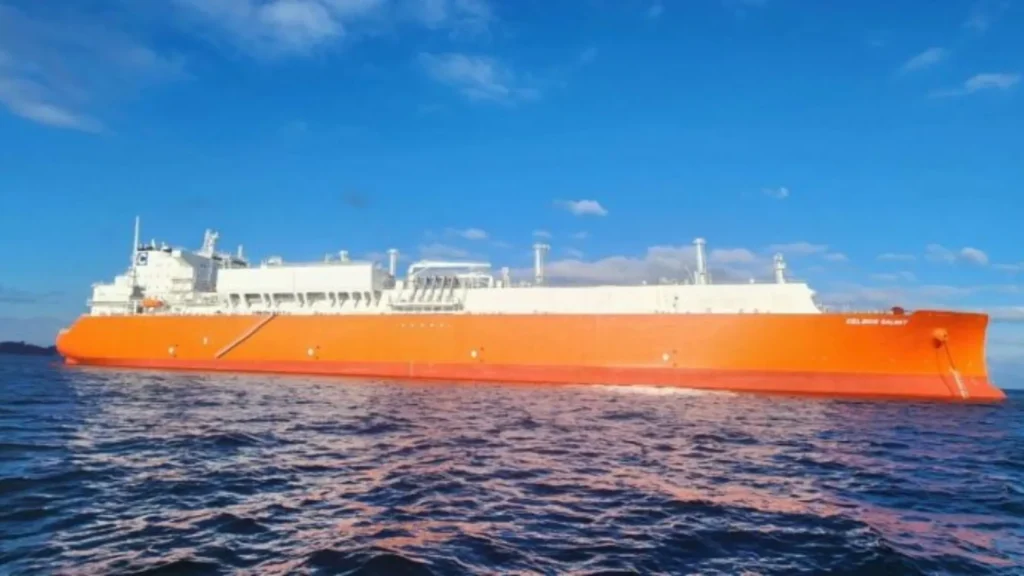
The Celsius Galapagos was built by Samsung Heavy Industries and has a capacity of 180,000 m³, standing out for its eco-efficient design.
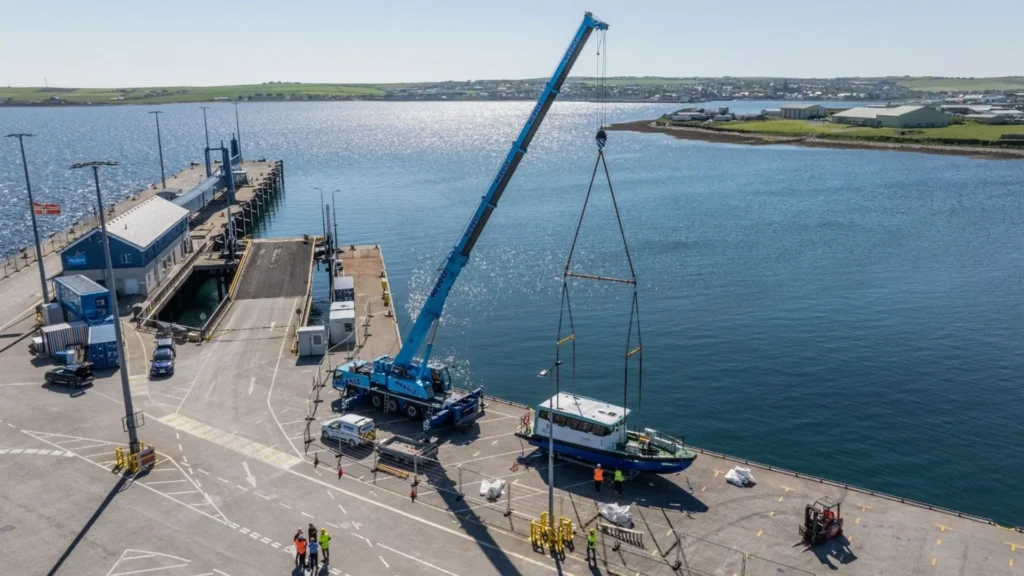
The eFoiler technology enters the testing phase in Orkney with the aim of improving inter-island transport.
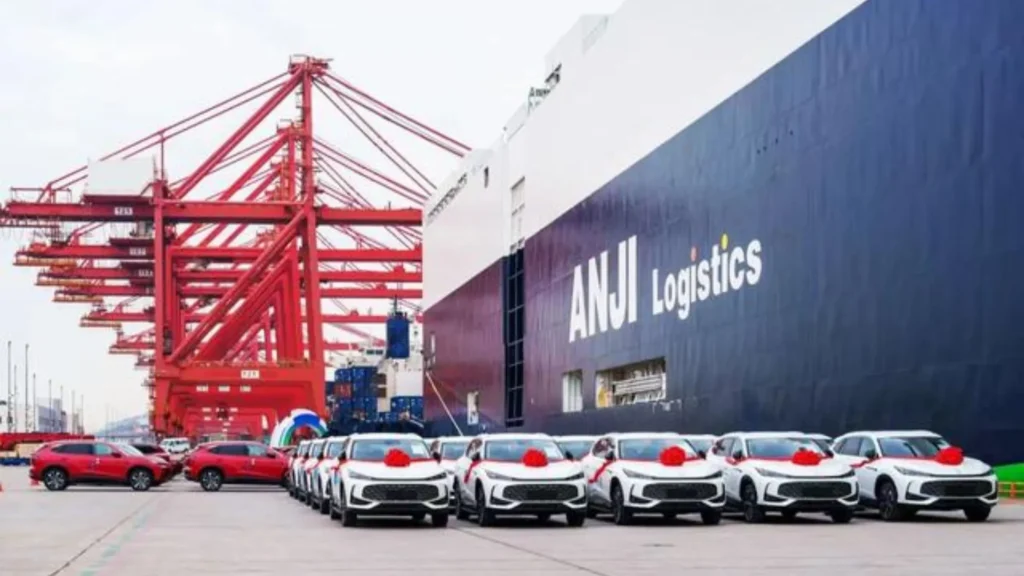
Its specifications make it the largest vehicle carrier in the world currently in operation.